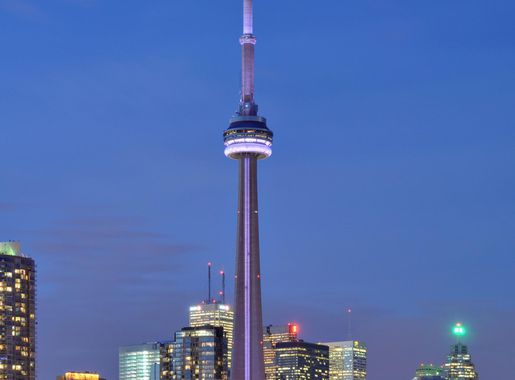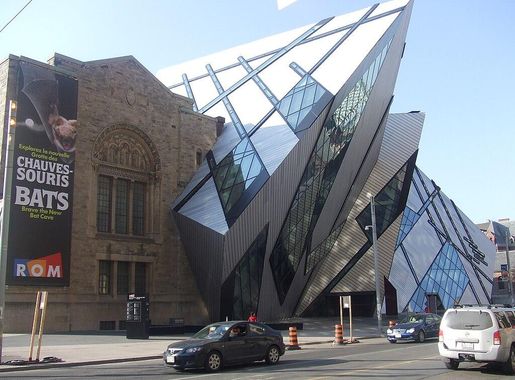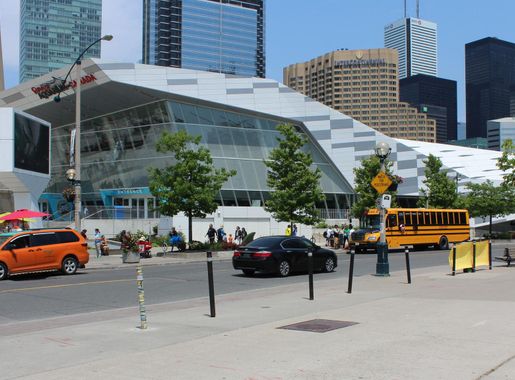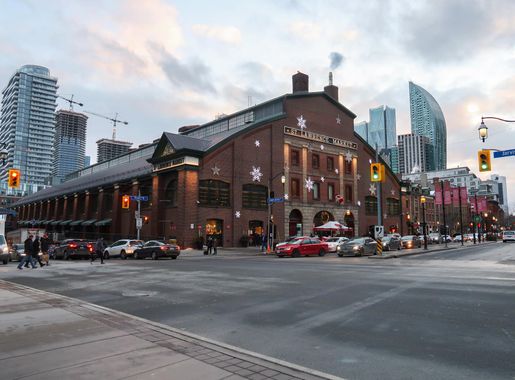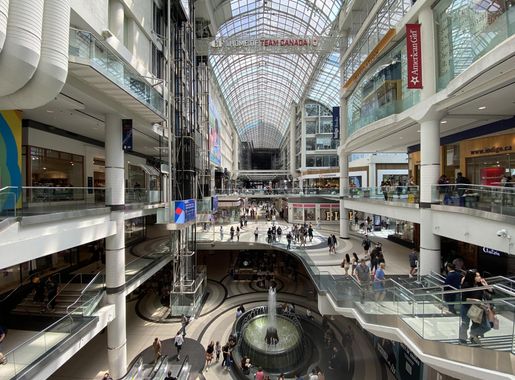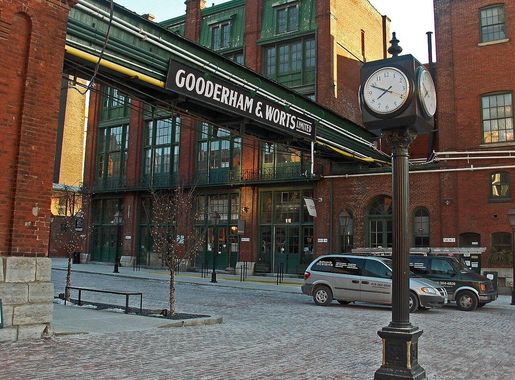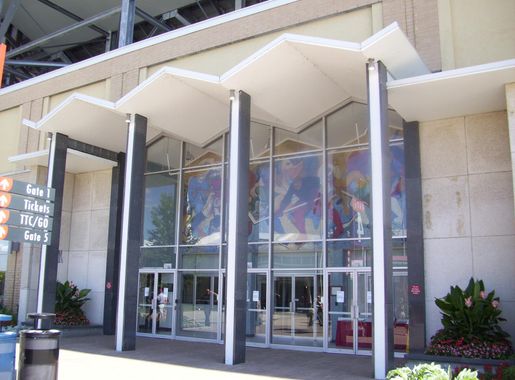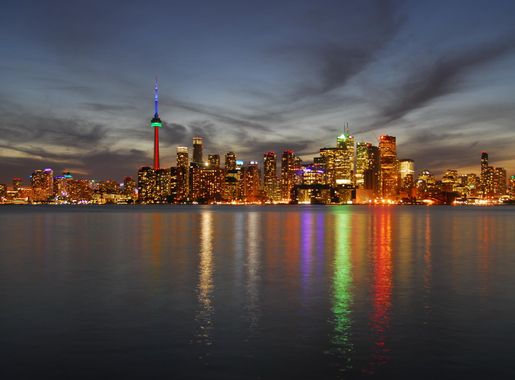
Vibrant Heart of Toronto: Downtown Toronto
Discover Downtown Toronto: A vibrant mix of culture, cuisine, and iconic landmarks in the heart of Canada's largest city.
Welcome to Downtown Toronto, the beating heart of Canada's largest city. This dynamic neighbourhood is a mosaic of cultures, offering a rich tapestry of experiences for every type of traveler. From the towering skyscrapers to the historic sites, Downtown Toronto is a place where modernity meets tradition. Begin your journey at the iconic CN Tower, one of the tallest freestanding structures in the world. Take in the breathtaking views from the observation deck or dine in the revolving restaurant, which offers a panoramic view of the city. Just a short walk away, you'll find the Royal Ontario Museum, a treasure trove of artifacts and exhibits that span the globe and the centuries. For those craving retail therapy, the Eaton Centre is a must-visit. This sprawling shopping mall is home to both high-end brands and unique local boutiques. If you're a sports fan, catch a game at the Scotiabank Arena or the Rogers Centre, where the city's beloved teams, the Toronto Raptors and the Toronto Blue Jays, play. Food lovers will delight in the diverse culinary scene. From the bustling St. Lawrence Market, where you can sample local delicacies, to the eclectic array of restaurants along King Street West, there's something to satisfy every palate. As night falls, the entertainment district comes alive with a plethora of bars, clubs, and theatres, ensuring your day ends on a high note.
Local tips in Downtown Toronto
- Visit the CN Tower early in the morning or late in the evening to avoid long lines.
- Explore the PATH, Toronto's extensive underground walkway, for a unique shopping experience.
- Use public transit, like the TTC, to navigate the downtown area easily and avoid traffic.
- Check out free events at Nathan Phillips Square, especially during the summer and holiday seasons.
- Wear comfortable shoes as Downtown Toronto is best explored on foot.
Vibrant Heart of Toronto: Downtown Toronto
Welcome to Downtown Toronto, the beating heart of Canada's largest city. This dynamic neighbourhood is a mosaic of cultures, offering a rich tapestry of experiences for every type of traveler. From the towering skyscrapers to the historic sites, Downtown Toronto is a place where modernity meets tradition. Begin your journey at the iconic CN Tower, one of the tallest freestanding structures in the world. Take in the breathtaking views from the observation deck or dine in the revolving restaurant, which offers a panoramic view of the city. Just a short walk away, you'll find the Royal Ontario Museum, a treasure trove of artifacts and exhibits that span the globe and the centuries. For those craving retail therapy, the Eaton Centre is a must-visit. This sprawling shopping mall is home to both high-end brands and unique local boutiques. If you're a sports fan, catch a game at the Scotiabank Arena or the Rogers Centre, where the city's beloved teams, the Toronto Raptors and the Toronto Blue Jays, play. Food lovers will delight in the diverse culinary scene. From the bustling St. Lawrence Market, where you can sample local delicacies, to the eclectic array of restaurants along King Street West, there's something to satisfy every palate. As night falls, the entertainment district comes alive with a plethora of bars, clubs, and theatres, ensuring your day ends on a high note.
Iconic landmarks you can’t miss
The Distillery Historic District
Discover the historic charm and vibrant culture of The Distillery District in Toronto, a perfect blend of shopping, dining, and artistic expression.
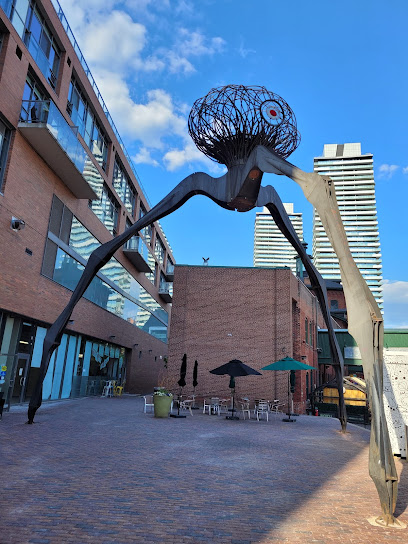
Gooderham Building
Experience the charm of the Gooderham Building, a historic gem in Toronto’s Old Town, perfect for capturing memories and immersing in city history.
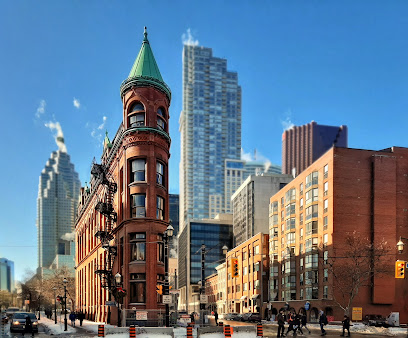
Toronto Old City Hall
Explore the grandeur of Toronto Old City Hall, a stunning historical landmark that captures the essence of the city's rich heritage and architectural beauty.

Half House
Explore Half House in Old Toronto, a unique architectural landmark showcasing the city's rich history and culture, perfect for curious travelers.
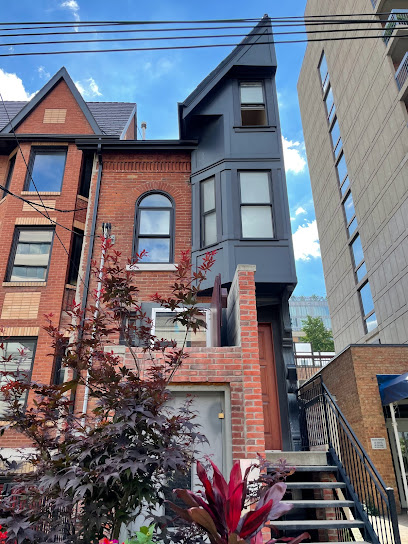
Soldiers' Tower
Discover Soldiers' Tower, a stunning Gothic memorial in Toronto that honors the sacrifices of soldiers while showcasing breathtaking views and rich history.
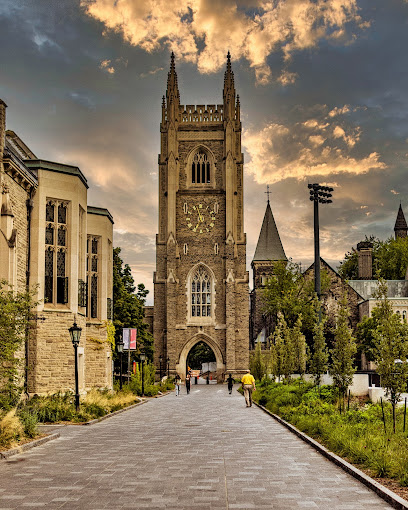
Churchill Memorial
Explore the Churchill Memorial in Toronto, an iconic sculpture honoring Winston Churchill's legacy and resilience in the face of adversity.
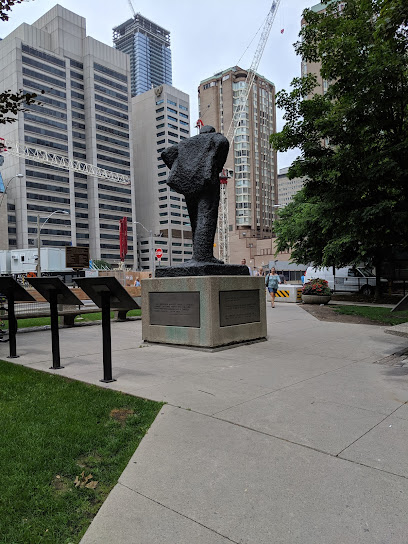
Clock Tower
Discover the Clock Tower in Toronto, a historical landmark that beautifully combines the city's rich heritage with modern urban life.
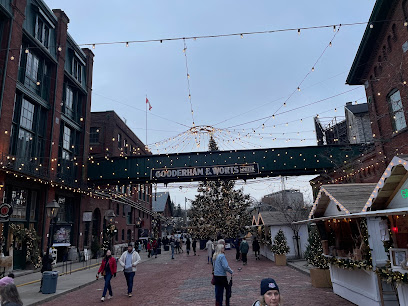
Old Town Toronto
Explore the historic charm of Old Town Toronto with its cobblestone streets, vibrant markets, and rich cultural heritage.

Ontario Square
Explore Ontario Square, a historical landmark in Toronto that combines stunning waterfront views with rich cultural experiences.
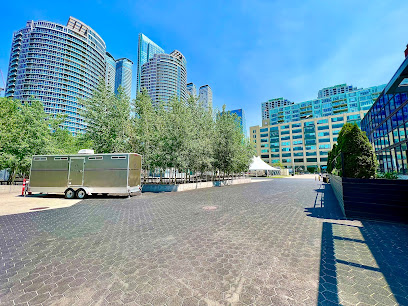
Toronto Heritage Plaque: Site of Toronto's First Moving Picture Show
Discover the historic site of Toronto's first moving picture show and explore the origins of cinema in the heart of the vibrant St. Lawrence neighborhood.
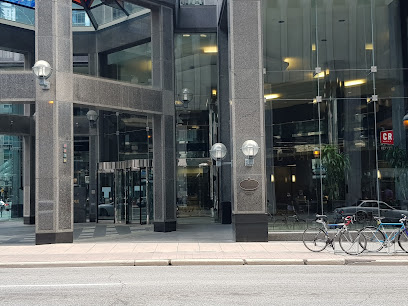
Unmissable attractions to see
Casa Loma
Explore the enchanting Casa Loma, a historic castle in Toronto, featuring stunning architecture, beautiful gardens, and captivating stories from the past.

The Distillery Historic District
Discover the Distillery Historic District: A cultural gem in Toronto, blending rich history with modern art, dining, and shopping experiences.

Toronto Skyline
Experience the breathtaking Toronto Skyline from the Ferry Dock, where the urban landscape meets the tranquility of Lake Ontario.
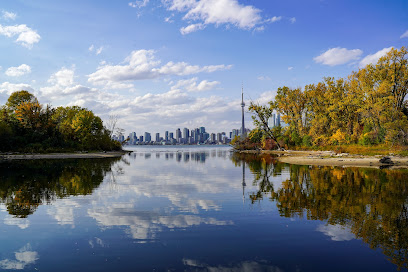
Essential places to dine
360 The Restaurant at the CN Tower
Experience breathtaking views and exquisite Canadian cuisine at 360 The Restaurant atop the iconic CN Tower in Toronto.
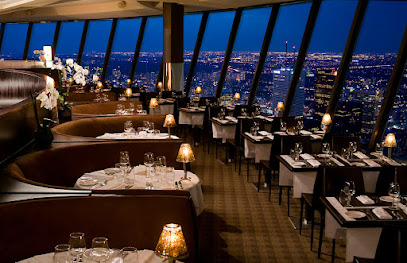
Gusto 101
Experience authentic Italian cuisine at Gusto 101 in Toronto - where every dish tells a story.

Byblos Downtown
Discover authentic Middle Eastern flavors at Byblos Downtown in Toronto—where fine dining meets vibrant culture.
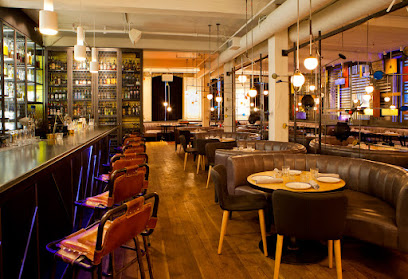
Richmond Station
Experience innovative Canadian cuisine in a vibrant setting at Richmond Station—Toronto's premier dining destination.
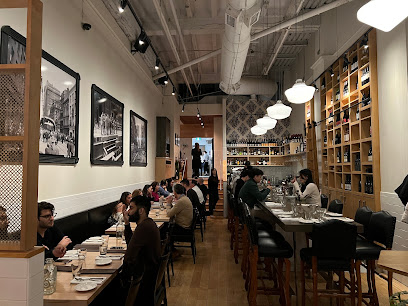
Canoe
Experience exquisite Canadian cuisine and breathtaking views at Canoe, Toronto's premier fine dining destination on the 54th floor.
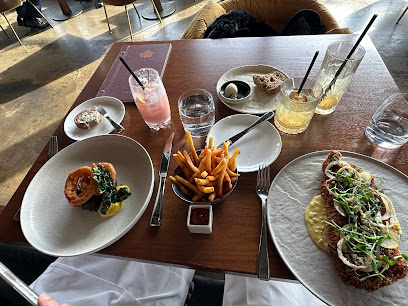
House on Parliament
Discover House on Parliament: A vibrant gastropub offering authentic British cuisine in Toronto's historic Old Town.

Alo
Experience modern French cuisine at Alo, where every dish is a masterpiece crafted with passion and precision in Toronto's vibrant culinary scene.
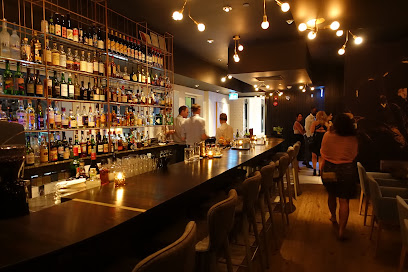
Trattoria Mercatto
Discover the authentic flavors of Italy at Trattoria Mercatto, where traditional recipes meet modern dining in the heart of Toronto.

Donatello Restaurant
Experience authentic Italian cuisine with a modern twist at Donatello Restaurant in Toronto's vibrant Old Town area.
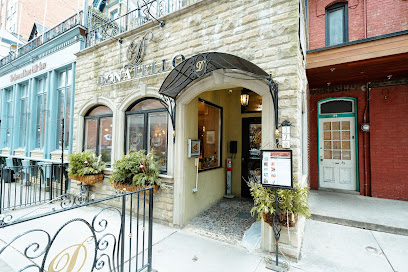
GEORGE Restaurant
Experience the best of Canadian cuisine at GEORGE Restaurant in Toronto - where every dish tells a story of flavor and artistry.
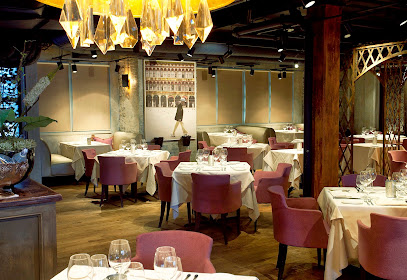
Markets, malls and hidden boutiques
Blue Banana Market
Explore Blue Banana Market in Toronto for unique gifts and souvenirs that capture the city's vibrant culture and artistry.
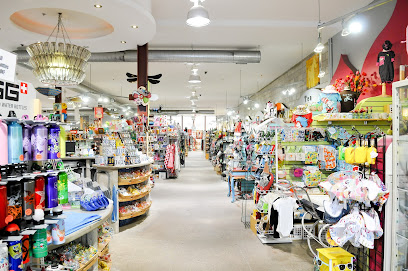
Spacing Store
Explore a treasure trove of unique Toronto souvenirs at Spacing Store, where local creativity meets memorable gifts.
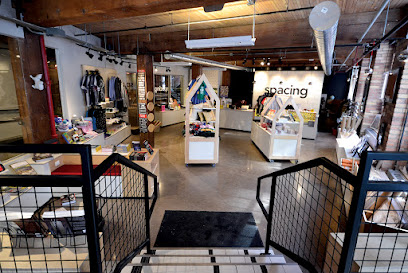
Labour of Love
Explore the charm of Toronto at Labour of Love, your destination for unique gifts, artisan crafts, and local treasures.
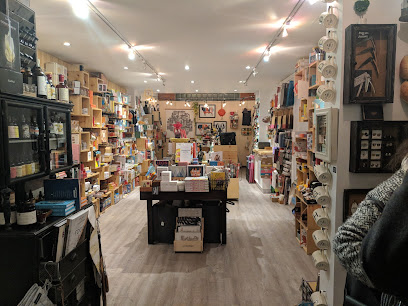
shopAGO
Discover unique artistic treasures at ShopAGO, the perfect blend of creativity and culture in Toronto's Art Gallery of Ontario.

Kochi Stores
Discover unique gifts and stylish home goods at Kochi Stores, a charming gift shop in the heart of Toronto's Old Town.
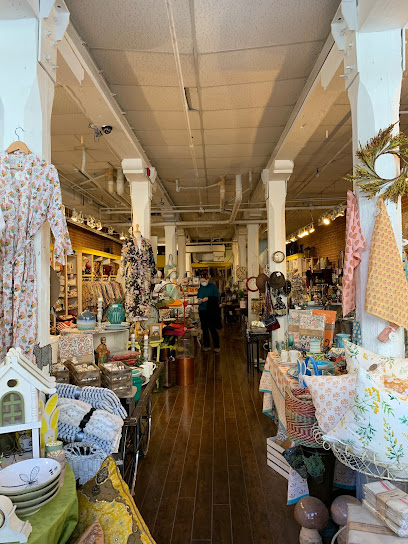
Harbour Gifts
Discover unique souvenirs and home goods at Harbour Gifts, a charming shop in Toronto's picturesque waterfront area.
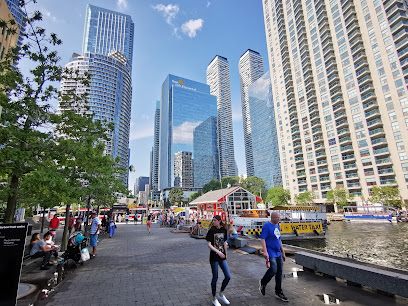
Unique Gifts & Convenience
Discover Unique Gifts & Convenience in Toronto - your ultimate stop for souvenirs and essentials in the heart of the city!
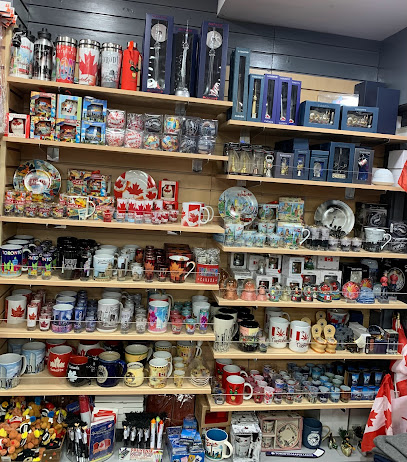
CHIC Store
Explore CHIC Store in Toronto for unique gifts and souvenirs that beautifully capture the city's essence and creativity.
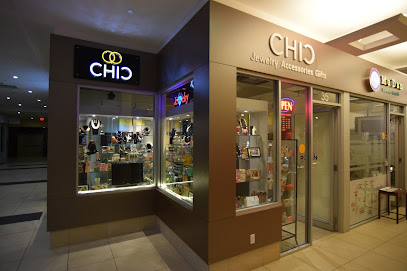
Danleigh Gift Shop
Explore the charm of Danleigh Gift Shop in Old Toronto, your go-to destination for unique souvenirs and local treasures.
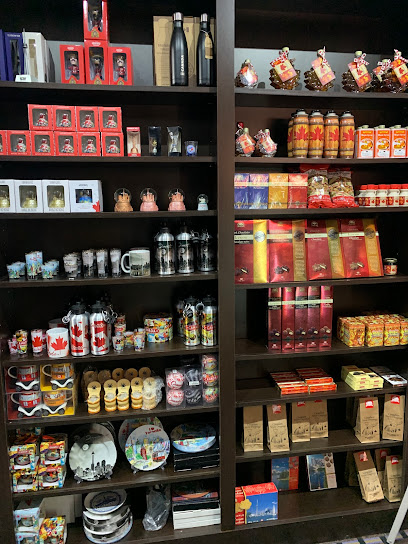
Shop in Toronto
Explore a vibrant garden center in Toronto, offering a stunning selection of plants and expert gardening advice to inspire your green thumb.
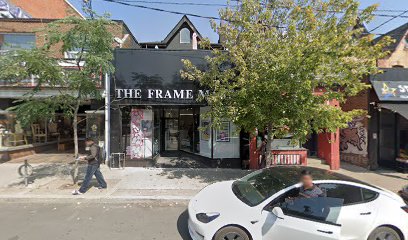
Essential bars & hidden hideouts
Bar Hop Brewco
Discover the best of Toronto's gastropub scene at Bar Hop Brewco, where gourmet comfort food meets an extensive craft beer selection.
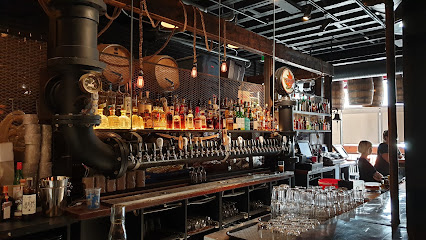
BarChef
Experience the essence of Toronto's cocktail scene at BarChef, where innovative mixology meets an elegant ambiance.
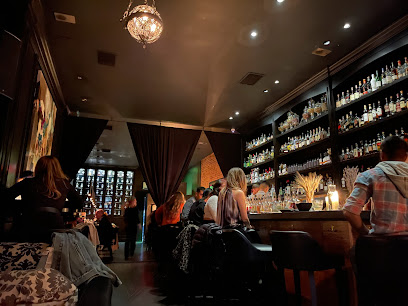
Bar Hop
Discover the essence of Toronto's gastropub scene at Bar Hop, where unique beers and culinary delights await in a lively atmosphere.
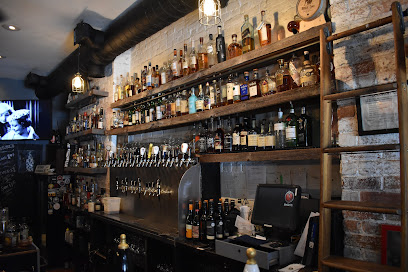
Ruby Soho
Experience Toronto's nightlife at Ruby Soho, a vibrant bar offering eclectic drinks and a lively atmosphere perfect for socializing with friends.
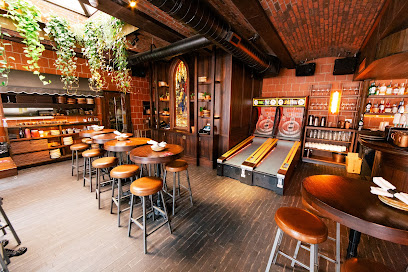
Pravda Vodka Bar
Discover the vibrant nightlife of Pravda Vodka Bar in Toronto, where exceptional vodka and a lively atmosphere await you.

LIBRARY BAR
Experience the elegance of Library Bar in Toronto, where culinary delights meet a literary-inspired ambiance for an unforgettable dining experience.
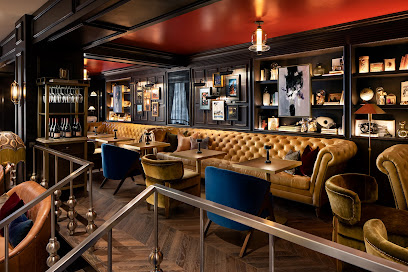
The Drink - Cocktail & Pizza Bar
Experience the vibrant nightlife of Toronto at The Drink - where cocktails meet delicious pizza in an inclusive atmosphere.
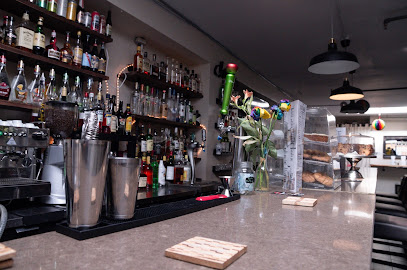
Bang Sue Bar
Experience the vibrant nightlife at Bang Sue Bar in Old Toronto, offering unique cocktails, a cozy atmosphere, and great company.
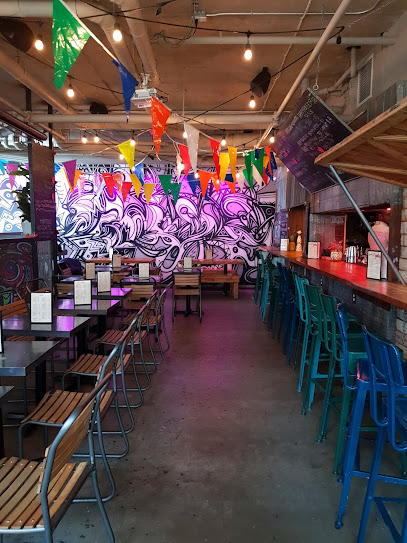
Bar 404 Toronto
Experience the vibrant cocktail culture of Toronto at Bar 404, where innovative drinks and a chic atmosphere await.
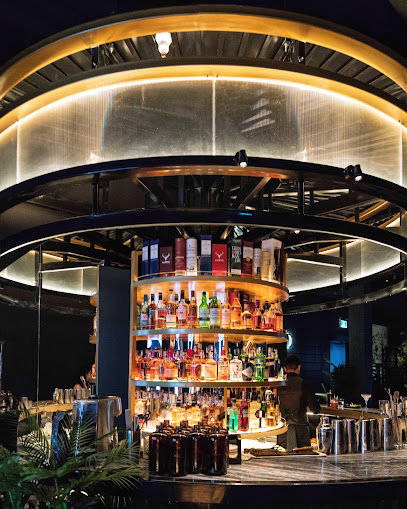
Liquid Courage
Discover Liquid Courage in Toronto: A cocktail bar that redefines mixology with creative drinks and a cozy atmosphere.
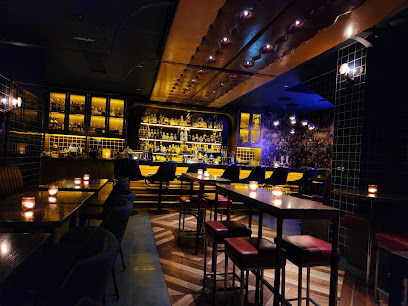
Local Phrases
-
- HelloHey there
[Hey there] - GoodbyeSee you later
[See you later] - YesYeah
[Yeah] - NoNah
[Nah] - Please/You're welcomePlease/No problem
[Please/No problem] - Thank youThanks
[Thanks] - Excuse me/SorryPardon me/My bad
[Pardon me/My bad] - How are you?How's it going?
[How's it going?] - Fine. And you?Good. You?
[Good. You?] - Do you speak English?You speak English?
[You speak English?] - I don't understandI don't get it
[I don't get it]
- HelloHey there
-
- I'd like to see the menu, pleaseCan I check the menu, please
[Can I check the menu, please] - I don't eat meatI'm vegetarian
[I'm vegetarian] - Cheers!Cheers!
[Cheers!] - I would like to pay, pleaseCan I pay now, please
[Can I pay now, please]
- I'd like to see the menu, pleaseCan I check the menu, please
-
- Help!Help!
[Help!] - Go away!Get lost!
[Get lost!] - Call the Police!Call the cops!
[Call the cops!] - Call a doctor!Get a doctor!
[Get a doctor!] - I'm lostI'm lost
[I'm lost] - I'm illI'm sick
[I'm sick]
- Help!Help!
-
- I'd like to buy...I want to buy...
[I want to buy...] - I'm just lookingJust browsing
[Just browsing] - How much is it?How much does it cost?
[How much does it cost?] - That's too expensiveThat's pricey
[That's pricey] - Can you lower the price?Can you give a discount?
[Can you give a discount?]
- I'd like to buy...I want to buy...
-
- What time is it?What's the time?
[What's the time?] - It's one o'clockIt's one o'clock
[It's one o'clock] - Half past (10)Ten thirty
[Ten thirty] - MorningMorning
[Morning] - AfternoonAfternoon
[Afternoon] - EveningEvening
[Evening] - YesterdayYesterday
[Yesterday] - TodayToday
[Today] - TomorrowTomorrow
[Tomorrow] - 1One
[One] - 2Two
[Two] - 3Three
[Three] - 4Four
[Four] - 5Five
[Five] - 6Six
[Six] - 7Seven
[Seven] - 8Eight
[Eight] - 9Nine
[Nine] - 10Ten
[Ten]
- What time is it?What's the time?
-
- Where's a/the...?Where's the...?
[Where's the...?] - What's the address?What's the address?
[What's the address?] - Can you show me (on the map)?Can you show me (on the map)?
[Can you show me (on the map)?] - When's the next (bus)?When's the next (bus)?
[When's the next (bus)?] - A ticket (to ....)A ticket (to ....)
[A ticket (to ....)]
- Where's a/the...?Where's the...?
History of Downtown Toronto
-
Before European settlers arrived, the area now known as Downtown Toronto was inhabited by Indigenous peoples, including the Huron-Wendat, Haudenosaunee, and Anishinaabe. The region served as a vital meeting and trading place, with extensive networks that connected various tribes. The name 'Toronto' is derived from the Mohawk word 'tkaronto,' which means 'where there are trees in the water', referencing the natural landscape of the area.
-
In 1793, Lieutenant Governor John Graves Simcoe established the town of York, which would later become Toronto. The site was chosen for its strategic location near Lake Ontario, providing access for trade and military purposes. The layout of the town was designed with wide streets and public squares, reflecting Simcoe's vision for a prosperous settlement.
-
During the War of 1812, York was a focal point of conflict between British and American forces. In 1813, American troops captured and burned the town, which necessitated rebuilding efforts. This event underscored the importance of the area as a military and trade hub and led to increased fortifications, including the construction of Fort York.
-
The 19th century saw significant growth in Downtown Toronto, driven by immigration and industrialization. The completion of the Welland Canal in 1829 and the arrival of the railway in the 1850s transformed the area into a bustling economic center. Many prominent buildings were constructed during this time, including the Toronto City Hall (1899) and the Royal Ontario Museum (1914), marking the city's architectural evolution.
-
By the late 19th and early 20th centuries, Downtown Toronto became a cultural epicenter, with the establishment of numerous cultural institutions. The Art Gallery of Ontario was founded in 1900, and the Toronto Symphony Orchestra was established in 1923. These institutions reflect the city's commitment to the arts and continue to shape its cultural landscape.
-
The post-World War II era brought rapid urban expansion to Downtown Toronto. The skyline transformed with the construction of iconic structures such as the CN Tower (1976) and the Rogers Centre (1989). This period also saw the development of the PATH, an underground pedestrian walkway that links many of the city's downtown buildings, enhancing the urban experience.
-
In the 21st century, Downtown Toronto has continued to evolve, characterized by revitalization efforts that focus on sustainability and inclusivity. The area has become increasingly diverse, reflecting a multitude of cultures through festivals, cuisine, and community initiatives. This dynamic growth has solidified Toronto's reputation as a global city.
Downtown Toronto Essentials
-
Downtown Toronto is well-connected to other neighborhoods via public transport. You can take the Toronto Transit Commission (TTC) subway, which has several lines servicing the downtown area. Major subway stations include Union Station, St. Andrew, and Dundas. Additionally, streetcars and buses are available. If you're coming from Toronto Pearson International Airport, the UP Express train provides a direct link to Union Station, taking about 25 minutes.
-
Navigating Downtown Toronto is convenient with the TTC's extensive network of subways, streetcars, and buses. The subway is the fastest way to travel longer distances. For shorter trips, streetcars are frequent and cover many key areas. Biking is also a popular option, with dedicated bike lanes and bike-sharing programs like Bike Share Toronto. Walking is a great way to explore, as many attractions are located close to each other.
-
Downtown Toronto is generally safe for tourists, but it's important to remain vigilant. Areas with higher crime rates include parts of Regent Park and certain sections of the Entertainment District late at night. Always stay aware of your surroundings, avoid poorly lit areas after dark, and keep personal belongings secure, especially in crowded spaces.
-
In case of an emergency, dial 911 for police, fire, or medical assistance. Toronto has well-equipped hospitals, and the location of the nearest emergency room can be found through local directories or by asking locals. It's advisable to have a travel insurance plan that covers medical emergencies. For minor health issues, pharmacies are widely available throughout Downtown.
-
Fashion: Do wear comfortable shoes for walking. Casual attire is acceptable, but dressing smartly for dining out is encouraged. Religion: Do respect places of worship; photography may not be allowed in certain areas. Public Transport: Do give up your seat to those in need. Don't engage in loud conversations. Greetings: Do greet with a friendly smile or nod; a handshake is common in formal settings. Eating & Drinking: Do try local food specialties and drink plenty of water. Don't consume alcohol in public spaces unless permitted.
-
To experience Downtown Toronto like a local, explore the St. Lawrence Market for fresh produce and artisanal goods. Take a stroll along the waterfront at Harbourfront Centre, where you can enjoy parks and cultural events. Attend local festivals, which often feature food, music, and arts. Try to visit local coffee shops rather than chain establishments for a true taste of the city's café culture. Lastly, consider using the PATH, an underground pedestrian walkway that connects numerous downtown buildings and is particularly useful in winter.
Nearby Cities to Downtown Toronto
-
Things To Do in Niagara Falls
-
Things To Do in Buffalo Town
-
Things To Do in Buffalo
-
Things To Do in Rochester
-
Things To Do in Erie
-
Things To Do in Ithaca
-
Things To Do in Syracuse
-
Things To Do in Youngstown
-
Things To Do in Cleveland
-
Things To Do in Detroit
-
Things To Do in Akron
-
Things To Do in Ottawa
-
Things To Do in Frankenmuth
-
Things To Do in Canton
-
Things To Do in Pittsburgh

